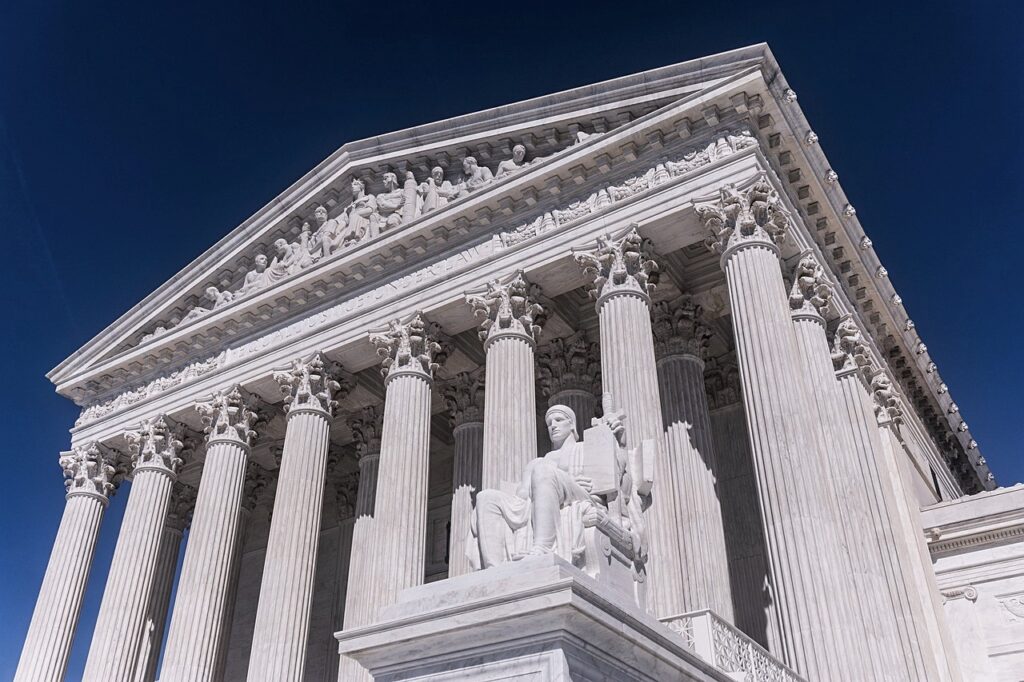Supreme Court limits Clean Water Act abuse in victory for property owners
From Pacific Legal Foundation
CASE STORY
In 2007, Chantell and Mike Sackett started to build a home on land they own near Priest Lake, Idaho. Then officials from the Environmental Protection Agency showed up unannounced and demanded the Sacketts stop construction, kicking off a 16-year legal battle that reached the Supreme Court twice.
The Sacketts bought their land in 2004, a $23,000 lot in a subdivision where they planned to build a modest three-bedroom family home. They obtained the necessary local permits. But the EPA alleged the property was a protected wetland under federal authority and issued a compliance order threatening the Sacketts with fines of tens of thousands of dollars per day if they continued to develop the property.
The EPA’s compliance order claimed the Sacketts’ construction violated the Clean Water Act (CWA) because their property was a federally regulated “navigable water” over which the agency had legal authority. While the Sacketts disputed this claim, the EPA provided them with no proof of any violation and no opportunity to contest its claims.
Represented by PLF, the Sacketts sued the EPA to confirm that the agency has no authority over their property. Lower courts refused to hear their case, so the Sacketts fought all the way to the Supreme Court, and in 2012, they secured a unanimous decision confirming they indeed did have the right to challenge the EPA’s order in a court of law.
For years afterward, the Sacketts’ dispute languished in lower courts without resolution. Finally, in 2022, the Supreme Court agreed to consider the issue at the heart of the Sacketts’ case: whether the EPA can expand the definition of “navigable waters” to include any semi-soggy parcel of land in the country, giving themselves virtually unlimited regulatory power.
The Supreme Court heard oral arguments in Sackett v. EPA II on October 3, 2022. On May 25. 2023, the Court announced its decision: A 9-0 decision rebuking EPA’s claim to limitless regulatory authority and determining that the Sacketts’ land is not subject to the Clean Water Act. While all Justices agreed on the judgment, they had different theories on what exactly does fall under the scope of the Clean Water Act. The prevailing 5-4 majority opinion, authored by Justice Samuel Alito, held that “the CWA extends to only those ‘wetlands with a continuous surface connection to bodies that are “waters of the United States” in their own right,’ so that they are ‘indistinguishable’ from those waters.”
The decision places significant limits on Clean Water Act enforcement, returning the law to its original purpose.
WHAT’S AT STAKE?
- The EPA cannot claim more power than Congress gave it. The EPA has brazenly sought to expand what counts as “navigable waters” ever since the Clean Water Act was enacted.
- Property owners shouldn’t have to spend 15 years of their lives fighting government agencies’ ambiguous, arbitrary, and confusing rules to avoid steep fines and be able to build their home.


